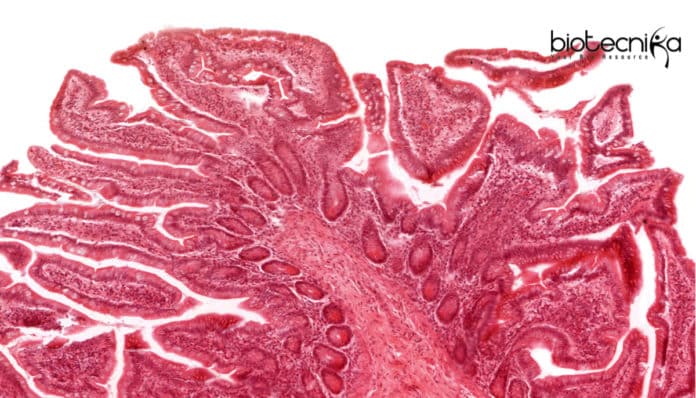New Software for tissue Insights
A new software, developed by a team led by Max Delbrück Center for Molecular Medicine scientist Dr. Stephan Preibisch, is helping researchers to understand and organize the enormous data generated due to Tissue Microscopy.
Modern light microscopic techniques provide incredibly detailed insights into organs, but the arduous amount of data they produce are usually impossible to process and understand.
How Do Scientists Study Tissues?
Recently, researchers have for a few years now, have been able to study large structures like mouse brains and human organoids by making it transparent. CLARITY is perhaps the most famous of the various sample clearing techniques. With this technique, almost any object of study can be made nearly as transparent as water. This enables researchers to investigate cellular morphology in ways which seemed nearly impossible a few years ago.
In 2015 another technique called Expansion Microscopy was discovered by a research team at Massachusetts Institute of Technology (MIT). With the help of this Microscopy technique, scientists could expand ultrathin slices of mouse brains nearly five times their original volume. This allowed the samples to be examined in even greater detail.
New Software for tissue Insights- How Does This New Software Helps Researchers?
Dr. Stephan Preibisch, head of the research group on Microscopy, Image Analysis & Modeling of Developing Organisms at MDC’s Berlin Institute for Medical Systems Biology (BIMSB) said that with the aid of modern light-sheet microscopes are now found in many labs. These Microscopy Techniques create massive data. Dr. Stephan added that The problem, however, is that the procedure generates such large quantities of data. These data may sometimes be of several terabytes. Scientists often struggle to sift through and organize these data.
Preibisch and his team of researchers have now developed a software program that, after complex reconstructing the data resembles somewhat Google Maps in a 3D model. Dr. Stephan Preibisch explained that using these Software researchers can not only get an overview of the tissues but can also zoom in to examine individual structures at the desired resolution individually. This Computer Program has been presented in the scientific journal Nature Methods.
New Software for tissue Insights- The Development Process
A team of twelve researchers from Berlin, the United Kingdom, Munich, and the United States was involved in the development of the new Software called BigStitcher. David Hoerl, from Ludwig-Maximilians-Universitaet Muenchen and Dr. Fabio Rojas Rusak MDC researcher, are the paper’s two lead authors. The researchers highlighted that this software runs on any standard computer making it easily accessible throughout the world.
Preibisch recalls that the development of BigStitcher began about ten years ago when he was a Ph.D. student. BigStitcher can visualize on-screen the previously imaged samples in any level of detail desired, but it can also do much more. He added that the software automatically assesses the quality of the acquired data. Explaining this, he said that sometimes clearing doesn’t work so well in a particular area of tissue. This results in capturing fewer details.
The brighter a particular region of an organ displayed on the screen, the higher the validity and reliability of the acquired data added Preibisch, describing this additional feature of his software. Even with the help of the best clearing techniques, scientists never achieve 100 percent transparency of the sample. BigStitcher lets users rotate and turn the image captured by the microscope in any direction on the screen. It is thus possible to view the sample from different angles.
New Software for tissue Insights- Features of BigStitcher
BigSticher is available for free, and any user across the world can download it. It also helps to understand the following:
- Where in the brain is cell division currently taking place?
- Where is RNA expressed?
- Where do particular neuronal projections end?
Many labs today require software like BigStitcher, Preibisch added. The program is distributed within the Fiji framework, where any interested scientist can download and use the plug-in free of charge.






























